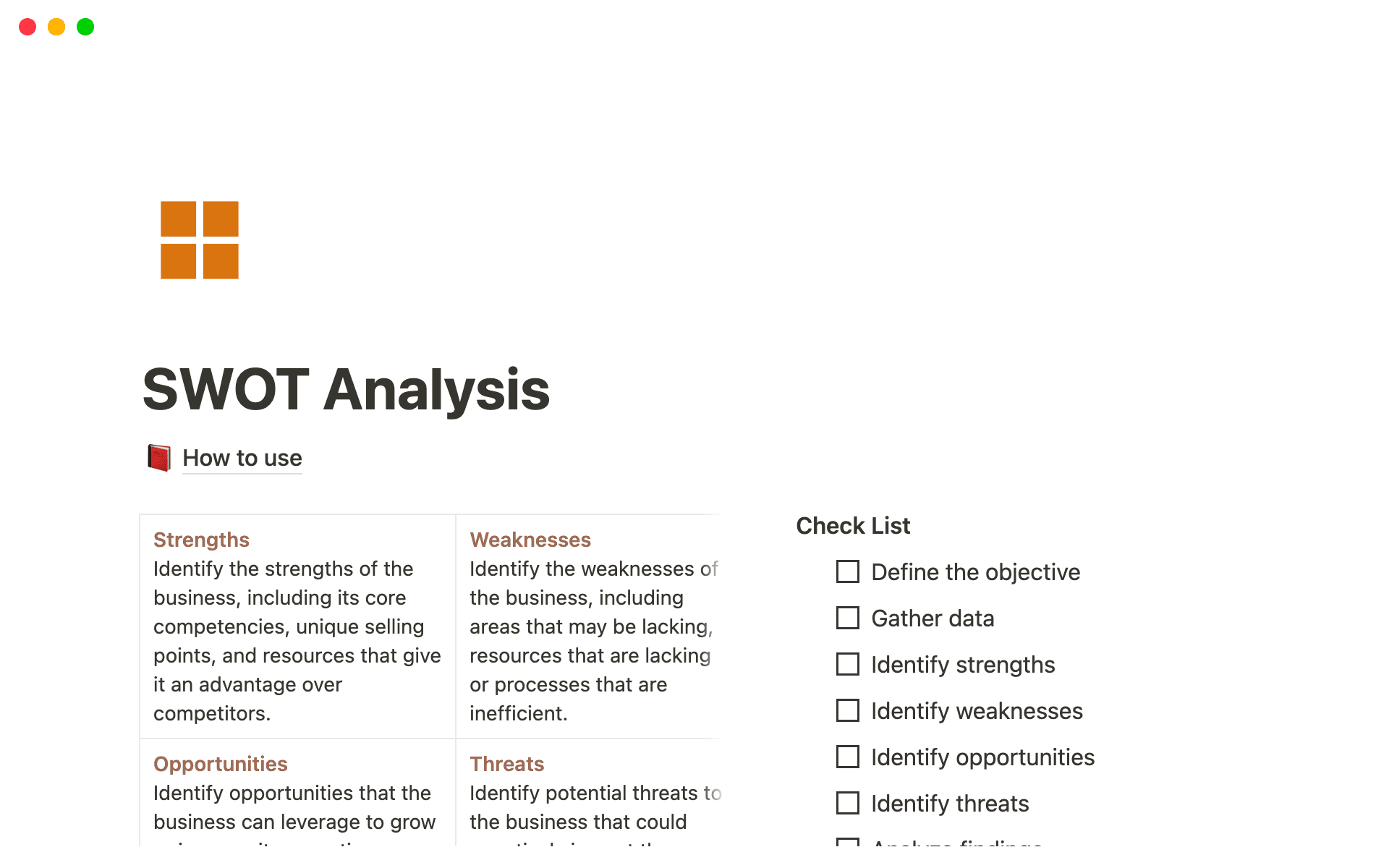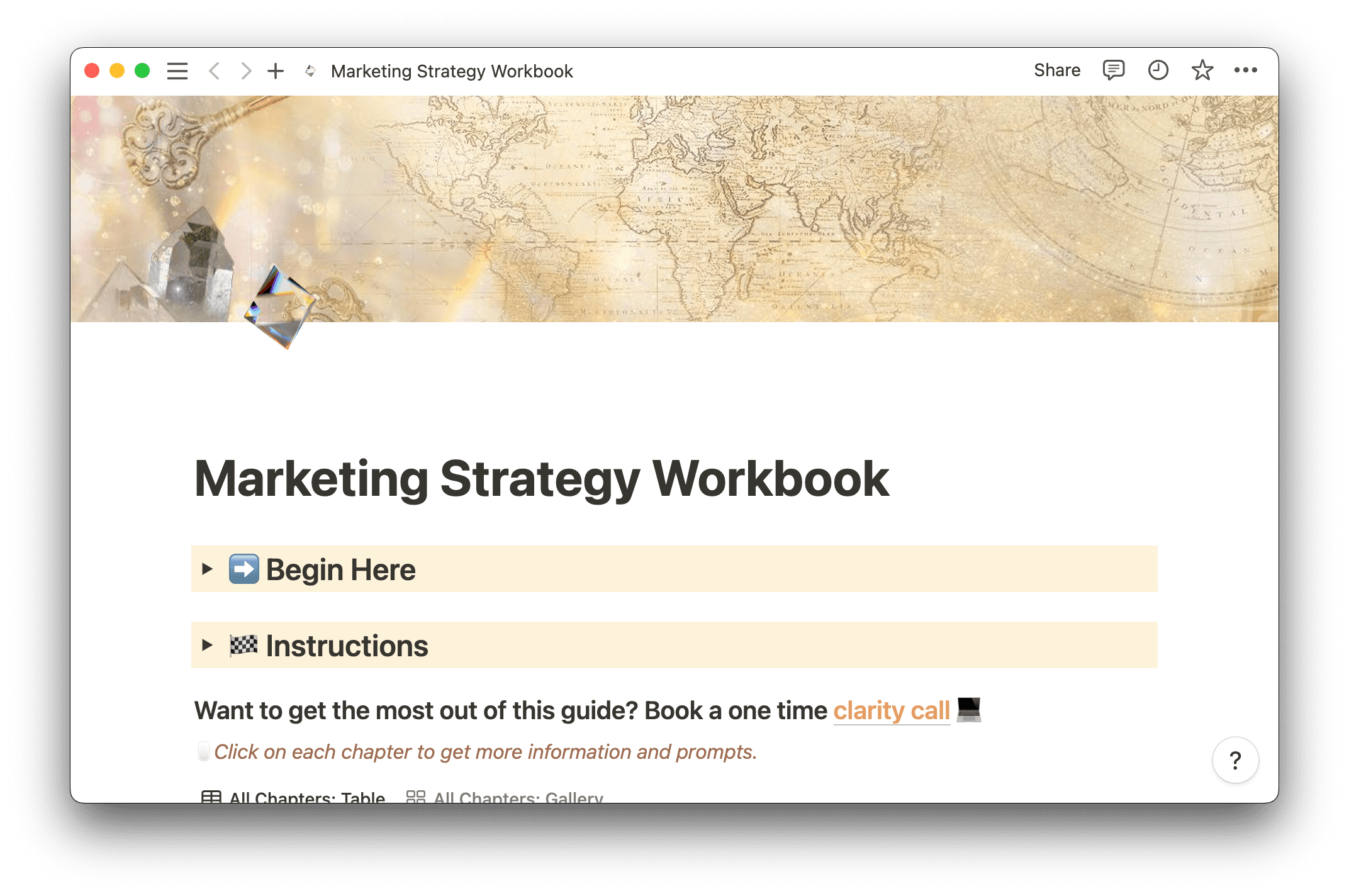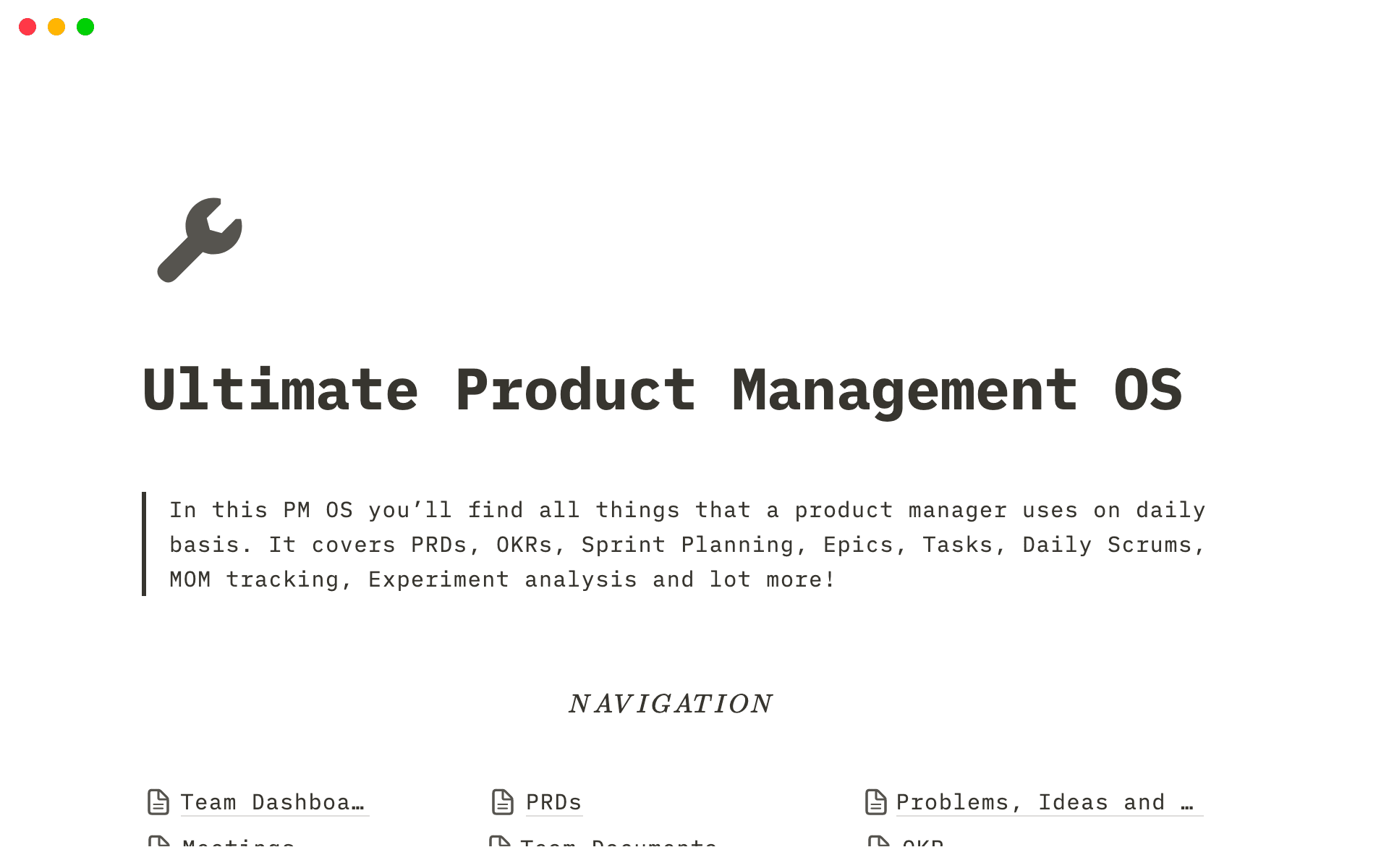Companies create products for two primary reasons: to benefit consumers and increase revenue.
Both goals rely on research that supports a product’s success. Companies must understand what their target market wants and what innovations will benefit the business.
Without doing the necessary leg work, your team stands to create a product that flops. You might create a unique and well-made item, but if it doesn’t resonate with consumers, it won’t sell — and won’t bring positive results for the business.
Strategizing encourages you to conduct informative research, like determining what your target audience wants and how to effectively launch your product. So your product strategy is what might just determine your initiative’s success.
What’s a product strategy?
A product strategy is a document that outlines the motivations and goals of a new offering. This high-level view doesn’t define a plan for creating the item — that step comes later when teams make a project roadmap. Instead, this strategy outlines who the product is for, what consumer needs it fills, and how it’ll help the company grow.
Why is product strategizing important?
While strategy documents inform all project work, the greatest benefit is the information gleaned when creating one. Making these strategy docs helps your team:
Clarify ideas — strategies provide overarching goals for development, clarifying the product’s intent. Teams can revisit these central ideals during the development process in order to remember how the product benefits the company and consumer, thereby contextualizing their work.
Create accurate roadmaps — strategizing is one of the first steps in the product development process. The strategy sets the foundation for the work ahead as project managers turn high-level goals into action items, plot a timeline for work, and prioritize tasks.
Make better decisions — most project teams hit roadblocks and delays at some point. Having a clear idea of a product’s purpose and end goals makes it easier to prioritize this vision when deciding how to tackle obstacles.
Types of product strategies
While all product strategies aim to benefit a target audience and grow an organization, each team will approach the task differently. Here are a few strategy types you might create:
Cost strategies focus on delivering a quality, affordable product
Focus strategies narrow in on a particular target audience subject (a buyer persona) when creating the product
Quality strategies focus on making an excellent product without worrying about the end cost to the user (think: luxury products)
Differentiation strategies are product strategies that market a product that surprises consumers, often due to a unique feature that competitors can’t (or at least don’t) offer
Service strategies focus on providing excellent customer service to support their new product
Three key product strategy components
Most product strategies include three primary components:
Vision — this is a company’s high-level, general product description and the problem it solves. You might craft a vision statement that sums up this message in a few sentences or a bulleted list of what the product is and offers. Try using a product vision board to brainstorm ideas before deciding on one to strategize with.
Goals — in this section you’ll outline SMART project goals (specific, measurable, achievable, relevant, and time-bound). While specific, these goals should remain high level, like achieving 1,000 app downloads in three months.
Initiatives — whereas goals are strategic and concise, initiatives are broader objectives the team hopes the new product achieves. An example initiative could be improving app users’ lives or tapping into a new demographic.
How to create a product strategy: 6 steps
While the product you create determines what you include in your strategy doc (you might add a section for vendors, or omit team responsibilities if you’re working solo), you can use this product strategy example as a template to model yours on. Here are six key steps for creating an effective product strategy.
1. Know the market
Successful products alleviate customer pain points and stand out from the competition. In this strategy phase, you should:
Research companies that provide similar products
Identify what makes your offering stronger and weaker than the competition (performing a SWOT analysis helps)
Describe your target audience
Define several ideal buyer personas within this audience
If you’re researching an already-chosen product, this information will inform your overall creation and marketing plans. Or you can use this research phase to find a market gap to fill.
Say you’re on an app development team creating software for a design-minded audience. You might research other digital design apps and explore features these platforms lack that users might love, like better ways to share content across social channels.
2. Define your vision
Once your team has chosen a product to develop, you can solidify your vision. This “Why?” regarding product creation should consider the target audience’s pain points, how this new offering benefits your employer, and why it’s essential to introduce this item to the market now.
Write a vision statement or create a vision board if it helps you refine your ideas. After brainstorming with your app development team, your vision statement might read, “Help users make aesthetically pleasing marketing posts for all social media outlets in seconds.”
3. Set SMART goals
Now you can outline high-level and SMART product objectives, considering external and internal factors that could impact your work. Determine how quickly the company can create the product with its personnel and resources before setting time binds for goals. And identify key metrics to measure the success of each objective, focusing on the most essential features and deliverables. A software company might set app creation as a general goal and smaller ones around designing pages within the app or developing key functionalities, like drag-and-drop canvases sized for social media.
4. Choose the team
Identify all product-creation stakeholders, from employees to vendors, and invite them to the proverbial table to offer insights on strategy information. Assign responsibilities as well, including a reviewal cadence (both internal and external) so everyone understands project expectations and where they fit.
Including everyone in the conversation means they can offer unique expertise and gain a clear understanding of the project right away. For an app development project, you might include project managers, web developers, and UX/UI designers, among others.
5. Determine initiatives
Generate high-level ideals and themes to guide the product creation process, like improving clients’ daily lives or expanding the company’s reach. Lean on buyer persona research, competitor data, and internal opportunities to form these general initiatives. Perhaps that mock tech company is struggling to resonate with entrepreneurs and feels that developing design tools for small business owners is a worthy initiative.
6. Share this document
Once you’ve completed product strategizing, share this document with everyone involved and house it someplace central, like a Notion team workspace. Post-product creation, review this document to understand where projections were bang on and where your team could improve next time.
Strategize effectively with Notion
Launch an excellent product with Notion. We offer resources to help with every phase, from creating a vision board to writing a launch announcement. You can also find out how to create a landing page for your new product and use our launch checklist template to keep the entire project team on track and organized.







